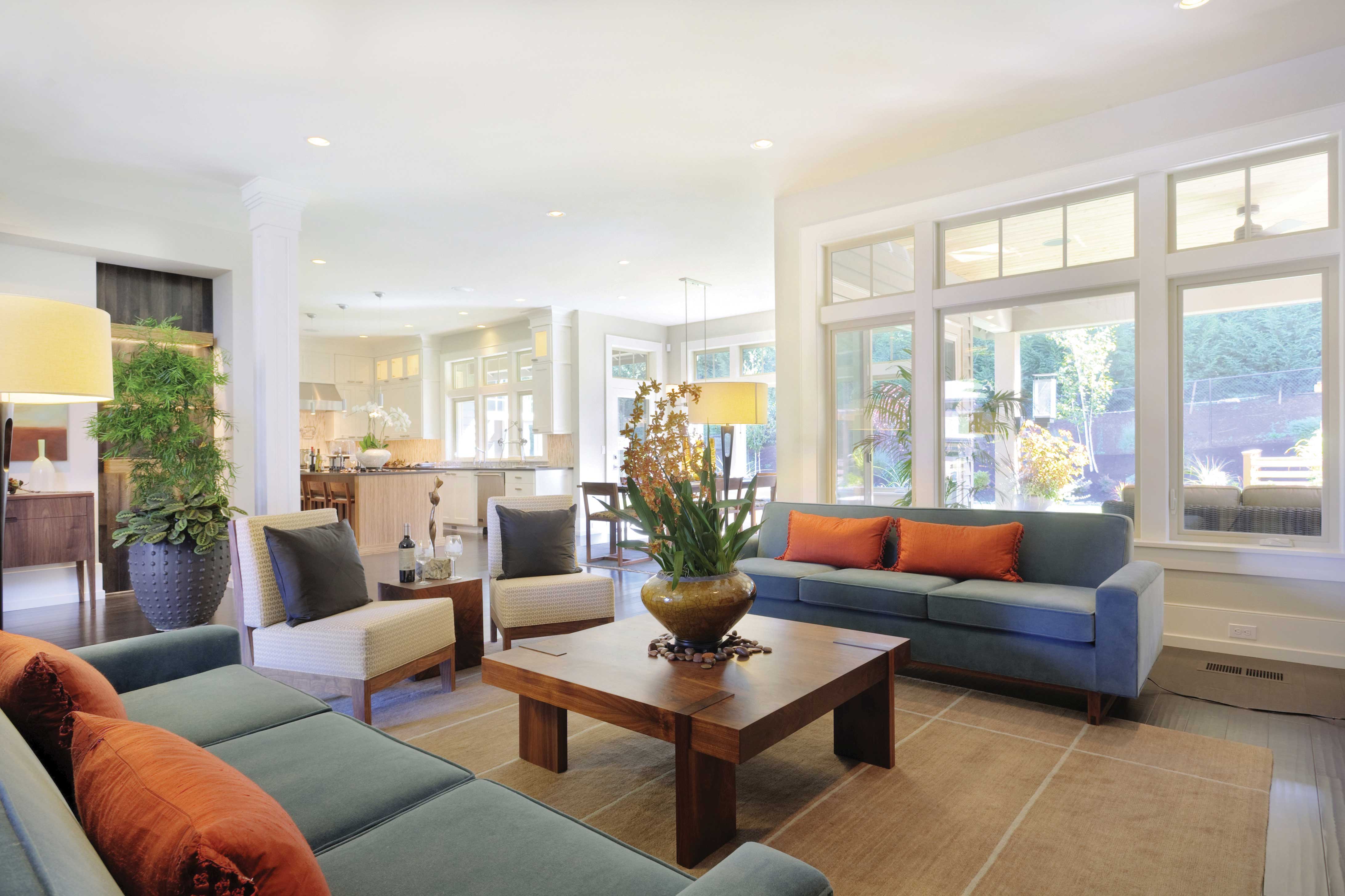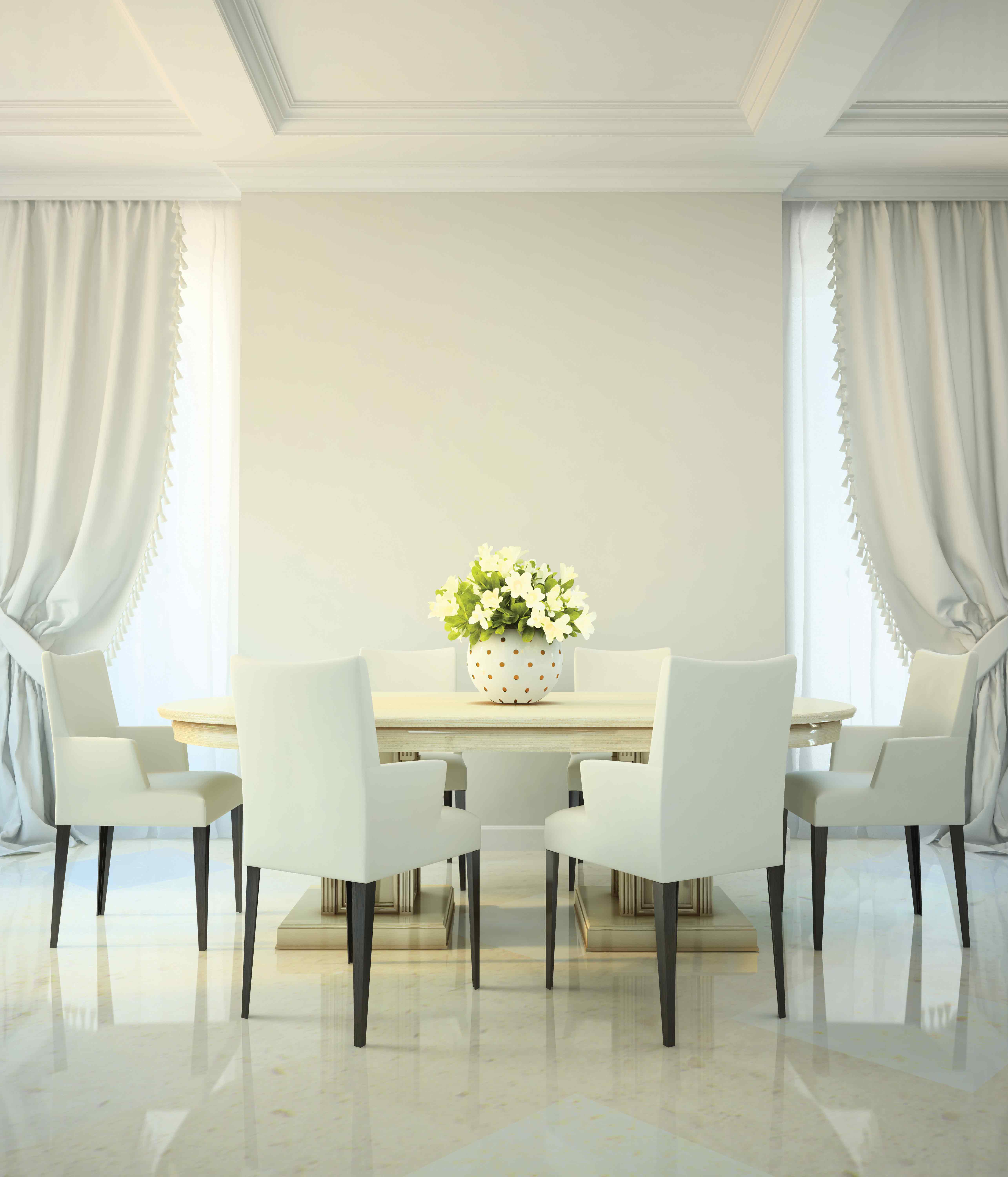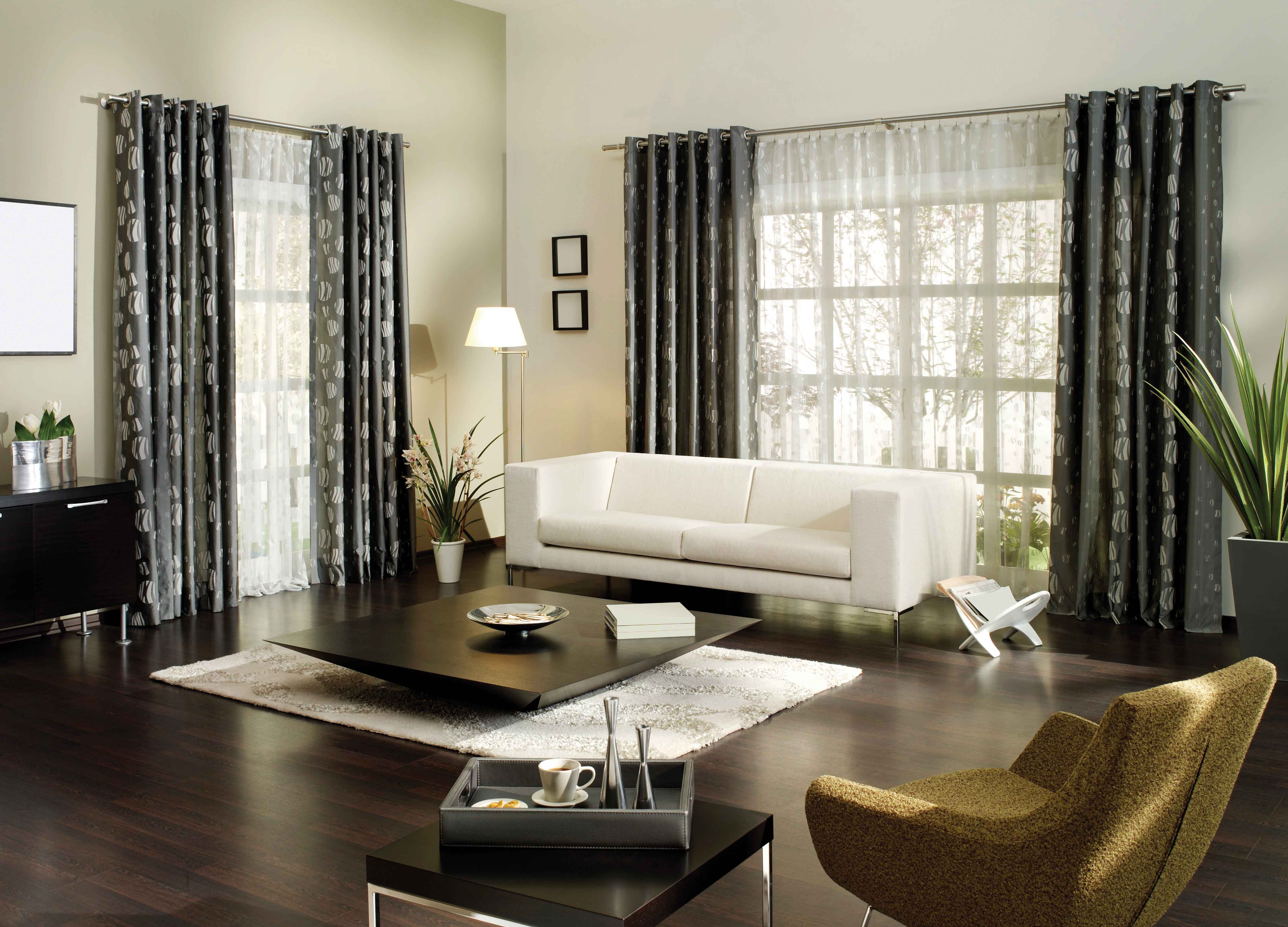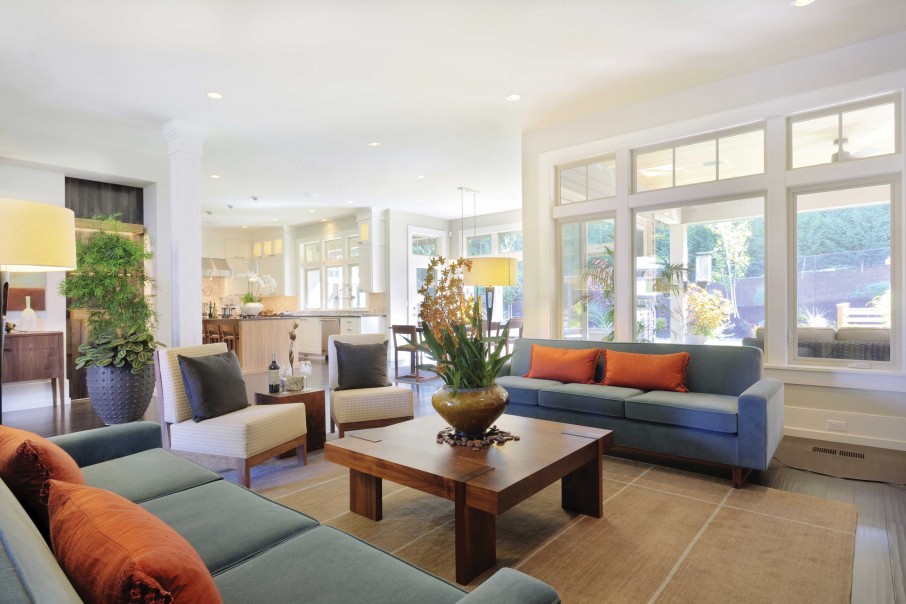New York City interior design firm Nella Vetrina was recently called upon to stage a three-bedroom Upper West Side residence, the home had already been sitting on the market for 90 days. After it was staged, it sold in two weeks.
“Properties that are staged have a much higher rate of success,” remarks Steve Brister, the firm’s Creative Director. Nella Vetrina Interior Designer Jason Campbell, concurs. “Without the staging, buyers may have difficulty visualizing what they can potentially do with a space,” he says.
Home sellers have a lot to think about when placing a property on the market, from completing needed repairs to doing a little landscaping in order to get the curb appeal just right. Another item to add to the list: staging the interior to maximize appeal to buyers. While some sellers may wonder if investing in the expense of staging is worthwhile, The Wall Street Journal reported in 2012 that staging leads to a faster home sale.
 This article originally appeared in the Summer 2014 edition of Luxury Showcase, the magazine of William Pitt and Julia B. Fee Sotheby’s International Realty.
This article originally appeared in the Summer 2014 edition of Luxury Showcase, the magazine of William Pitt and Julia B. Fee Sotheby’s International Realty.
Lisa Hynes, owner of the staging and design services company Stage to Show, which primarily serves Fairfield County, Connecticut and Westchester County, New York, suggests that perception is paramount. “It’s about the emotional reaction when the buyer walks into a house,” she says. “There is a perceived value based on the feeling they get.” Hynes claims that between 80 and 90 percent of the clients who work with her firm end up selling their home for the full asking price.
The stager’s job is to ensure that a home makes the best impression it can. “I really like it when you walk into a room and feel embraced by it, like the room is giving you a hug,” Hynes says. She arranges living spaces so that the furniture is welcoming, facing toward rather than away from guests, and she pays close attention to air space and flow throughout the house. The first floor’s main living areas and the master suite are musts for staging, while even the additional bedrooms can benefit as children touring the home with their parents can have an influence with how excited they become about their prospective rooms.
Light is another important factor. According to Susie Weekes, a designer based in Litchfield County, Connecticut and the Berkshires, Massachusetts, light can be added by removing clutter, neutralizing wall colors, making use of the existing lighting and bringing in table lamps or other light sources. All of these can have the effect of making a home “brighter, warmer and more welcoming,” she says. “Light is a huge word from a buyer’s perspective.”
In particular, decluttering, which includes removing items that crowd and furniture that is well worn, not only lightens a space but sets a clean canvas for buyers. It’s best to establish an environment that a buyer can envision tailoring to their personal taste without being influenced by the seller’s. “The name of the game and strategy in staging is to appeal to the potential buyer,” says Brister. Personal effects can even impact a negotiation: Weekes cites one example of a deal falling apart when the buyers, staunch democrats, saw a photo of the sellers with the Reagan family on the piano.
To paint that fresh canvas stagers often choose among soft or neutral colors. Hynes works with silvery greys and whites, while Brister and Campbell similarly start with base colors of beige, taupe, grey or white, reserving colors for pillows, picture frames and other “objets d’art” accents. Weekes will even bring in pieces of art to add some extra energy and personality. Of course, deciding how to stage a home can depend on its style. “One of my guiding principals is to honor the house,” Weekes says, acknowledging that the popular modern approach might not work in a center hall Colonial or a Victorian. Hynes recently outfitted a modern Greenwich home with Barcelona and egg chairs, while for traditional homes she adds subtle textures such as Mongolian lamb pillows or foil printed skin rugs. Brister notes that owners who opt to purchase rather than rent furniture and accessories for staging can try to include them in the sale or donate them to charity.
One last benefit to using a stager is the emotional one, says Weekes. After all, it can be hard to move on, and sellers may find that the objective eye of a stager can help assuage the heartache and chore of moving out their personal treasures. And in the end, they will often find their goal achieved: the sale of their home. “A person might be hard to convince at the beginning, but when it stages and sells, they thank me and then call me again for another interior design project,” says Hynes, who is now staging a property for sale in Darien that sold two years ago after she staged it then as well. “When they see that it works, that is very gratifying.”


